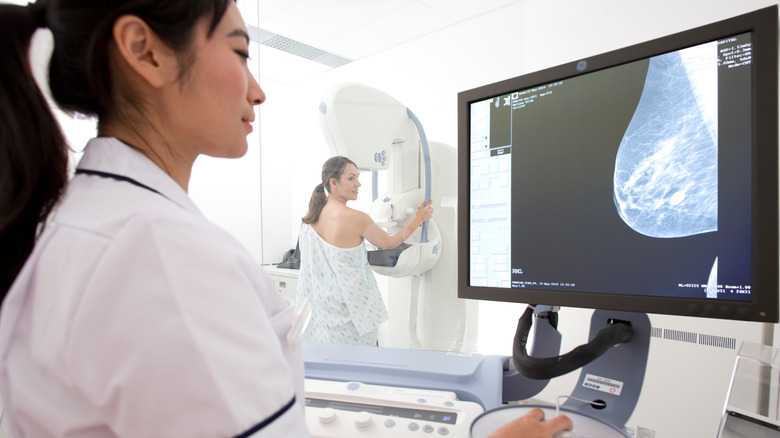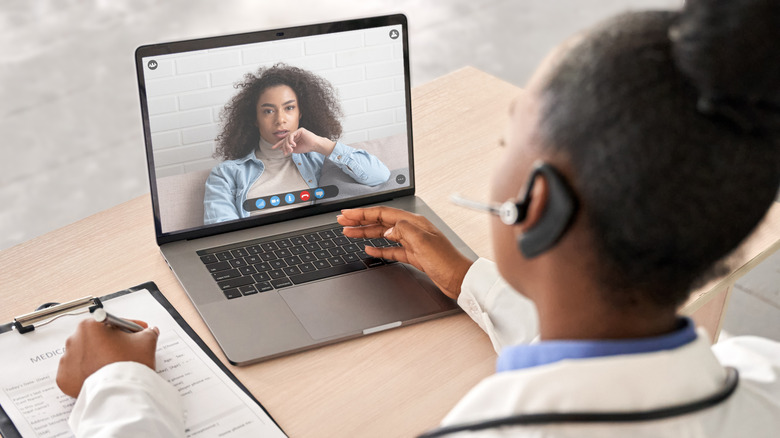When Should You Get Your First Mammogram?
BreastCancer.org states that 1 in 8 women, or a total of 13% of women, will experience invasive breast cancer. It's not a comforting statistic, particularly when nobody can be sure if they are that one in eight.
This is why the National Breast Cancer Foundation, Inc. recommends that all adult women perform self-checks once a month. These checks often consist of a woman either standing or laying down with their arm over their head, then checking the breast on each side of the raised arm for unusual lumps by pressing around with their fingers. These checks might seem ineffective but as experts point out, 40% of new breast cancer cases each year are the result of women administering these self-checks and finding lumps.
There comes a time when checking for lumps isn't enough, however. A woman's breast cancer risk increases with age. In fact, it is one of the biggest risk factors a woman can face. At some point, women are better served by adding annual mammograms to their self-check routine. The specific age for that, however, is hotly debated.
There is no single best age to begin getting mammograms
There is no perfect age at which a woman should start receiving mammograms. As Mantachie Rural Health Care states, the American Cancer Society suggests women should start their annual mammograms at 45 while the U.S. Preventive Services Task Forces suggests women wait until they are 50. The age difference is small but, for some women, it can make a big difference.
Further complicating the issue are clinics like the Mayo Clinic and Cedars-Sinai who suggest that women begin receiving mammograms at the age of 40. This recommendation is based on the ability of mammograms, which Cedars-Sinai describes as a low-dose X-ray, to find abnormalities too small to be felt. These discoveries can lead to an earlier diagnosis and a better outlook for the patient.
Ultimately, it comes down to the woman's preference. As the Mantachie Rural Clinic states, each woman should speak to a doctor who has access to their health records and their family history. This information will help patients and the doctor determine risk factors, making it easier to choose the right age for their first mammogram.


